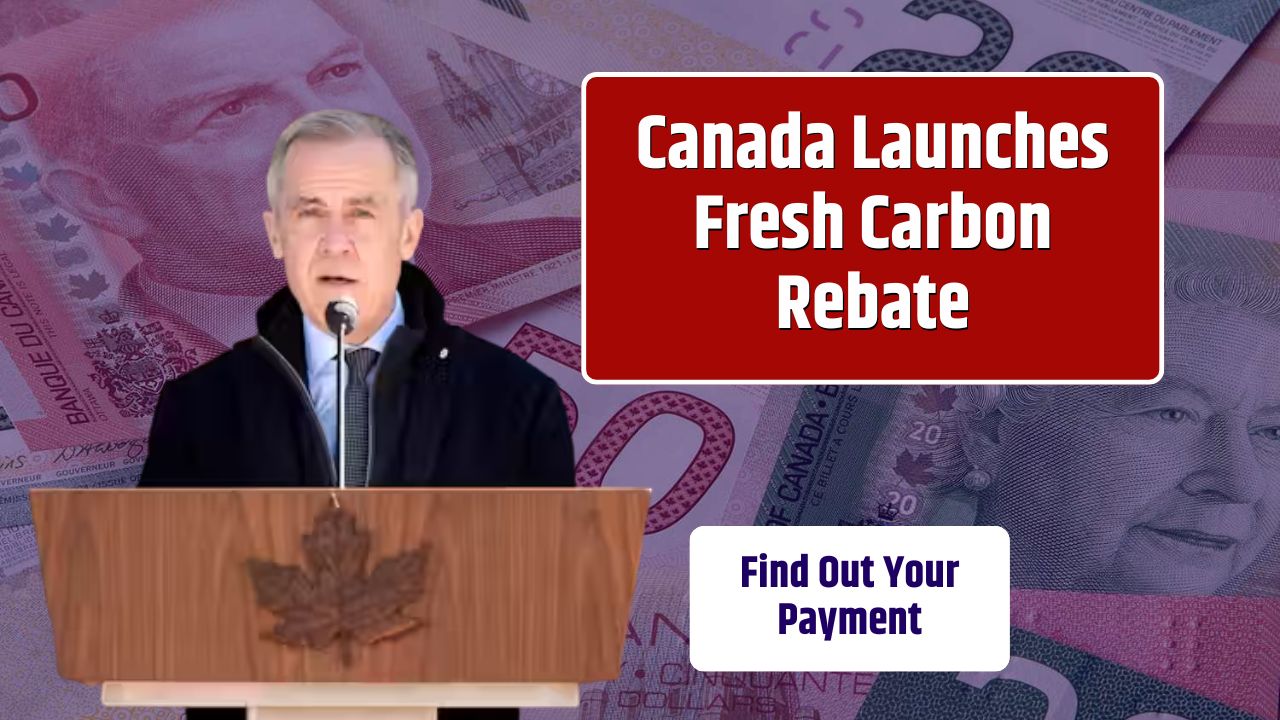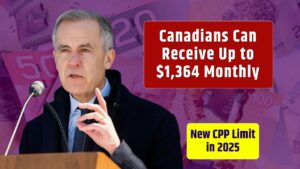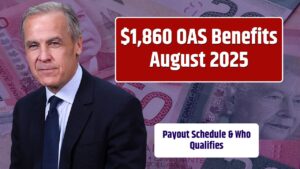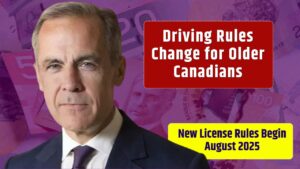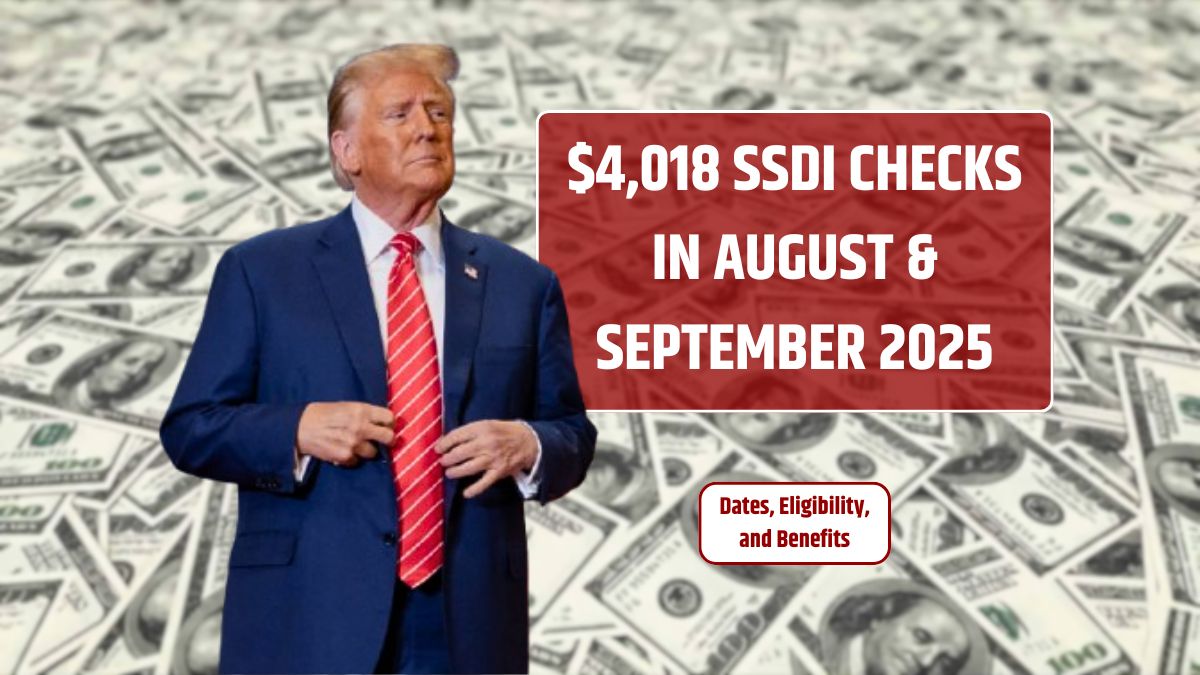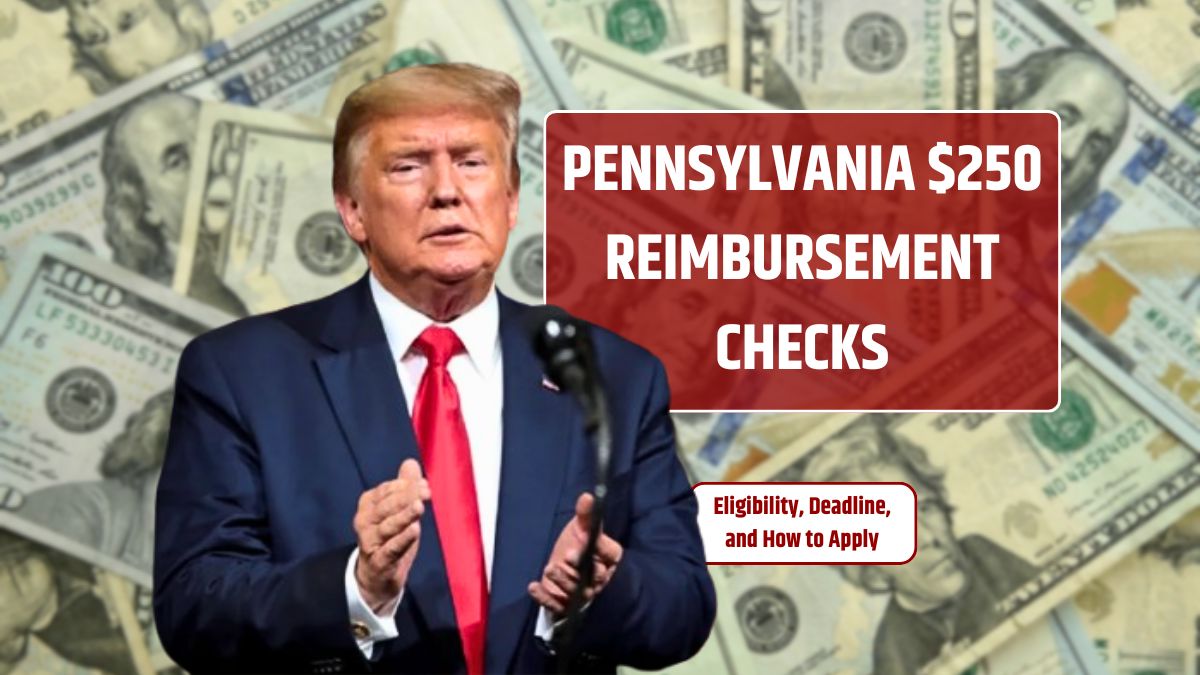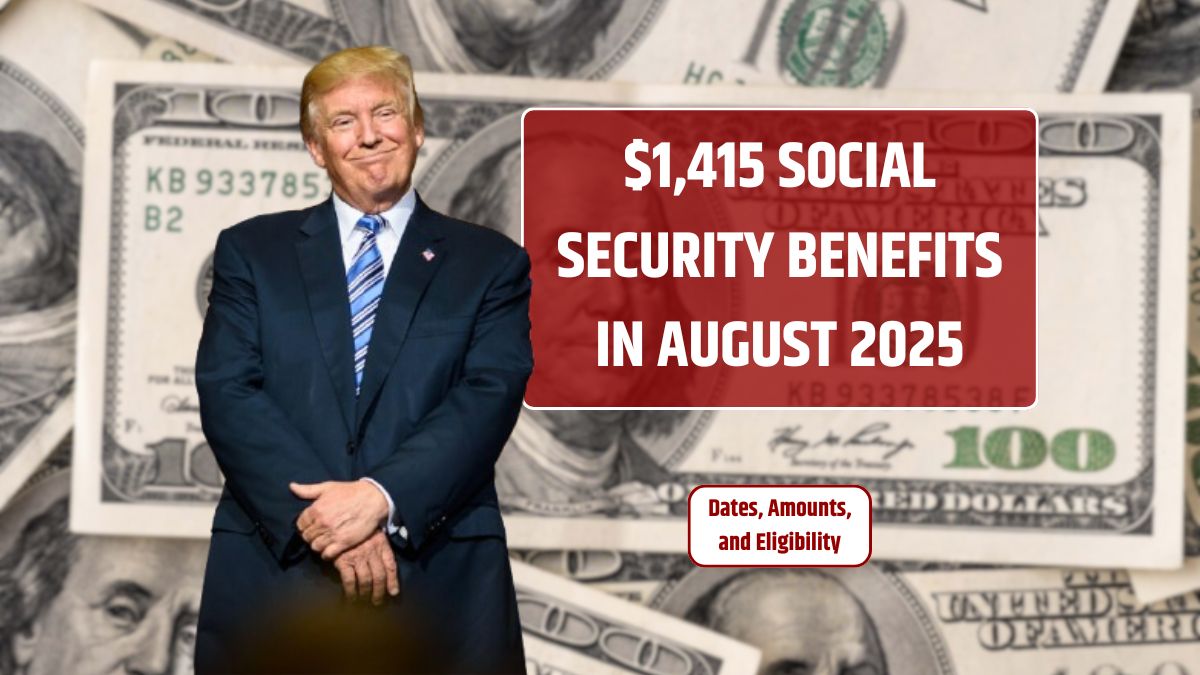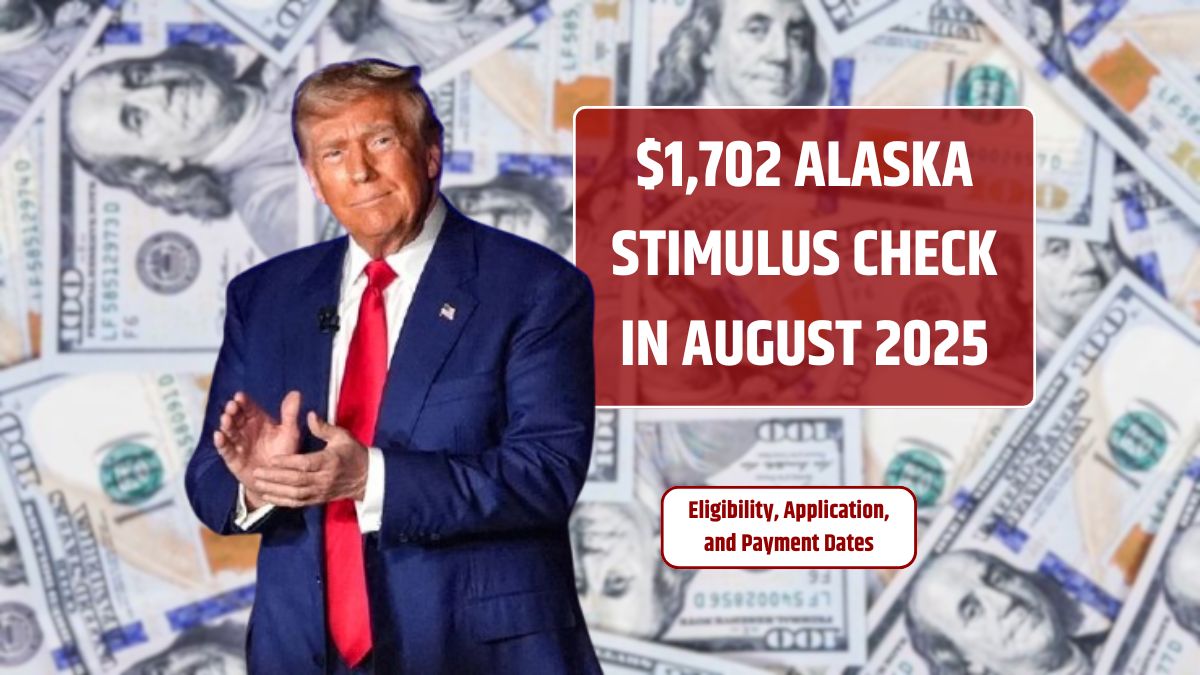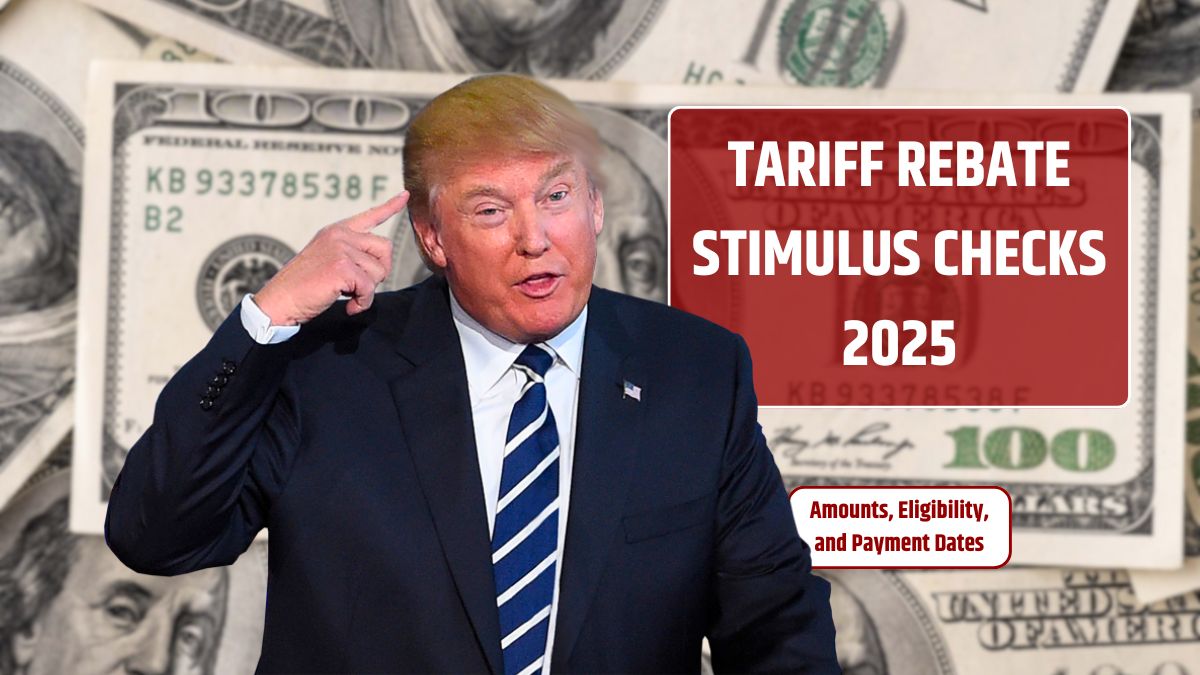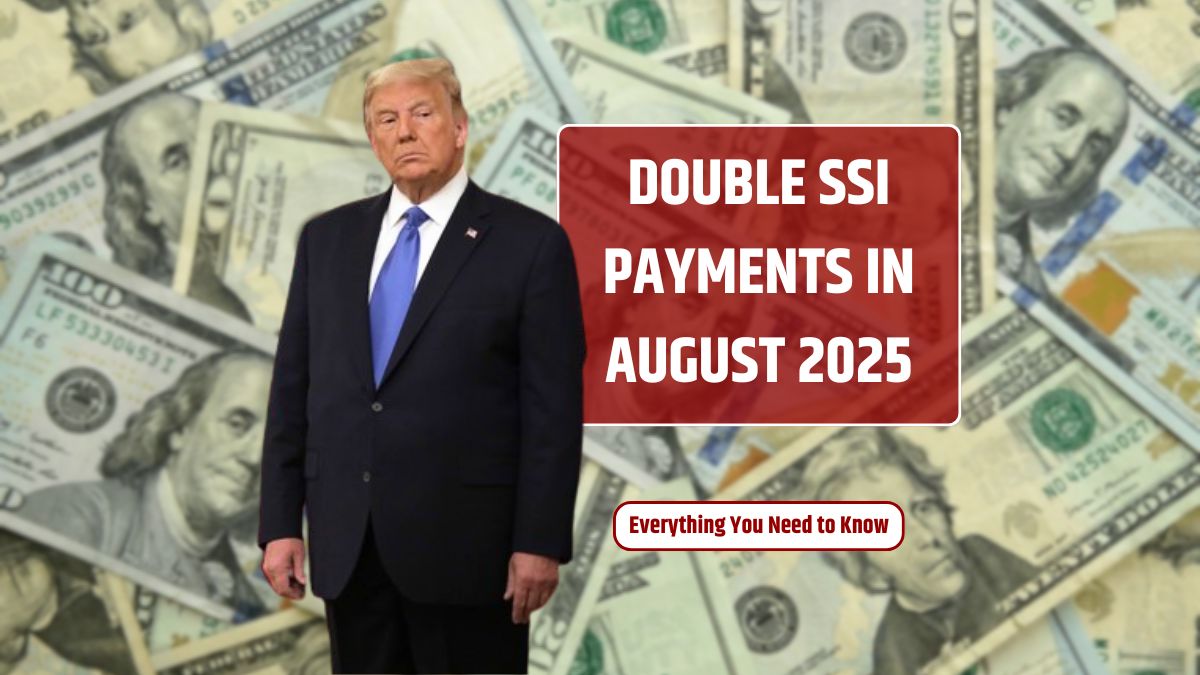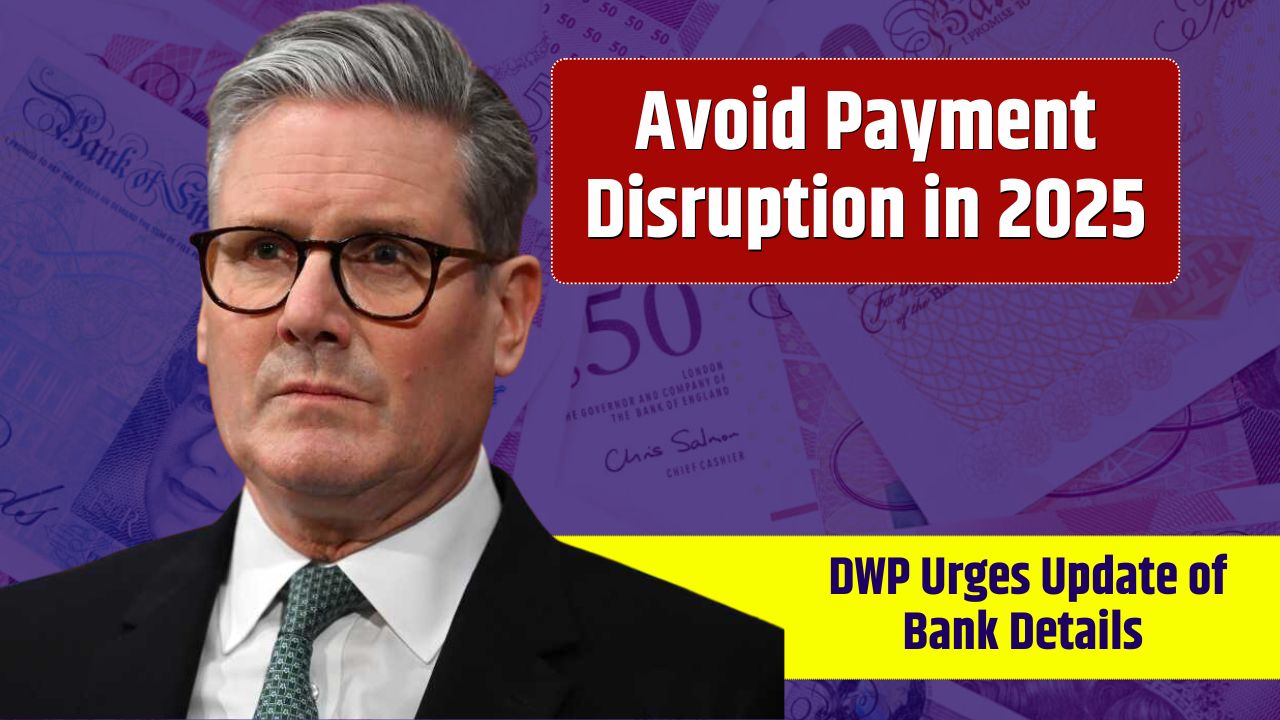If you opened your banking app and saw a “Canada Carbon Rebate” deposit, you’re not imagining things—and you’re not alone. The revamped Canada Carbon Rebate (CCR) is now rolling out across qualifying provinces, offering quarterly cash payments to offset the rising cost of carbon pricing.
And here’s the best part: you don’t even have to apply.
Let’s cut through the confusion and get to the core of it—what is the CCR, how much could you get, when it’s paid out, and how this ties into Canada’s big-picture climate plan.
First Things First: What Is the Canada Carbon Rebate?
The Canada Carbon Rebate (CCR)—formerly the Climate Action Incentive Payment (CAIP)—is a tax-free quarterly payment from the federal government. Its purpose? To return money to households affected by carbon pricing.
You pay more at the pump or on heating oil due to the federal carbon tax.
The CCR helps offset those costs. Simple.
Here’s what makes it different from other government programs:
- It’s not income-tested – rich or modest-income, the base amount is the same.
- It’s automatic – file your taxes, and CRA takes care of the rest.
- It’s predictable – payments land every January, April, July, and October.
Who Actually Gets the Rebate?
To qualify for the CCR, you must:
Be 19 or older (or younger if you’re a parent, married, or in common-law)
File your taxes for the previous year
Live in a participating province under the federal carbon pricing system
Not Eligible?
If you live in British Columbia, Quebec, Yukon, Northwest Territories, or Nunavut, you won’t get the CCR because those jurisdictions run their own carbon pricing systems. Instead, they decide how to return proceeds locally.
Eligible Provinces (as of 2025):
| Province |
|---|
| Alberta |
| Saskatchewan |
| Manitoba |
| Ontario |
| New Brunswick |
| Nova Scotia |
| Prince Edward Island |
| Newfoundland & Labrador |
How Much Do You Get?
The CCR amount depends on:
- Your province of residence
- Your household size
- Whether you live in a rural area
Let’s take a family of four as an example (2 adults + 2 children):
| Province | Quarterly CCR (Urban) | Quarterly CCR (Rural, +20%) |
|---|---|---|
| Alberta | $450 | $540 |
| Saskatchewan | $340 | $408 |
| Manitoba | $300 | $360 |
| Ontario | $280 | $336 |
| Nova Scotia | $248 | $297.60 |
| New Brunswick | $240 | $288 |
| Newfoundland & Lab | $328 | $393.60 |
| Prince Edward Island | $240 | $288 |
To qualify for the 20% rural supplement, you must live outside a Census Metropolitan Area (CMA) and check the box on your tax return. CRA uses your postal code to confirm eligibility.
When Will You Get Paid?
CCR is issued quarterly, on these dates:
| Month | CCR Payment Date |
|---|---|
| January | January 15 |
| April | April 15 |
| July | July 15 (Just passed) |
| October | October 15, 2025 |
Payments go directly into your bank account if you’re signed up for CRA direct deposit. Otherwise, a paper cheque will be mailed.
Important: If your tax return isn’t filed or processed in time, your payment might be delayed or pushed to the next quarter.
No Application? Correct.
There’s no need to apply for the CCR.
- Just file your taxes
- Reside in a participating province
- Be eligible as of the 1st of the month the payment is made
If all those boxes are checked, CRA will calculate your payment automatically.
Still not seeing your payment? Log in to your MyCRA Account or contact the Canada Revenue Agency.
How Does CCR Fit into Canada’s Climate Plan?
Canada’s carbon pricing system is designed to discourage pollution by making carbon-intensive fuels more expensive. Think of it like a “price signal” on emissions.
But since that means higher costs for everyday essentials like gas and heating, the government returns most of the carbon tax revenue to households through the CCR.
Most families get more back in rebates than they pay in carbon costs, especially lower- and middle-income households.
It’s a revenue-neutral approach: the government isn’t pocketing your carbon tax—it’s cycling it back to you.
FAQs
Is the CCR income-tested?
Nope. Everyone in eligible provinces gets the same base amount (adjusted for family size).
Do I need to apply?
No. If you file your taxes and meet the residency rules, the rebate is automatic.
When is the next payment?
October 15, 2025

